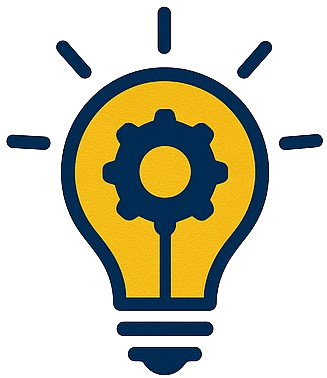Artificial Intelligence (AI) is no longer just a buzzword—it’s everywhere. From smartphones and self-driving cars to healthcare and finance, artificial intelligence is transforming how we live, work, and connect. But what exactly is AI, and how is it reshaping our world? Let’s break it down in simple terms.
What is Artificial Intelligence?
At its core, artificial intelligence is the ability of machines to perform tasks that usually require human intelligence. These tasks include:
-
Understanding language
-
Recognizing images and patterns
-
Solving problems
-
Making decisions
Unlike traditional software, AI learns from data and improves over time. This makes AI systems more flexible and powerful than rule-based programming.
Best AI Tools for Bloggers in 2025: Boost Your Blogging Game
Types of Artificial Intelligence
AI can be divided into different categories:
1. Narrow AI (Weak AI)
-
Designed for specific tasks (e.g., Siri, Google Translate).
-
Most common form of AI today.
2. General AI (Strong AI)
-
Mimics human intelligence in multiple areas.
-
Still in development and mostly theoretical.
3. Superintelligent AI
-
A future possibility where AI surpasses human intelligence.
-
Raises ethical and safety concerns.
How to Build a Personal Brand in the AI Era
How Artificial Intelligence Works
AI uses several technologies to process data and make decisions:
-
Machine Learning (ML): Algorithms that learn from data to make predictions.
-
Deep Learning: Advanced ML using neural networks to recognize images, speech, and patterns.
-
Natural Language Processing (NLP): Enables machines to understand and generate human language.
-
Computer Vision: Helps machines “see” and analyze images or videos.
Real-World Applications of Artificial Intelligence
AI in Daily Life
-
Voice assistants like Alexa and Siri.
-
Personalized recommendations on Netflix and YouTube.
-
Smart home devices and chatbots.
AI in Healthcare
-
Detecting diseases from medical scans.
-
Personalized treatment recommendations.
-
AI-powered drug research.
AI in Business
-
Customer support automation.
-
Fraud detection in banking.
-
Data-driven decision-making.
Medical Robotics: Transforming Healthcare with Precision
AI in Transportation
-
Self-driving cars.
-
Traffic management systems.
-
Predictive maintenance for vehicles.
Benefits of Artificial Intelligence
-
Efficiency: Automates repetitive tasks.
-
Accuracy: Reduces human errors.
-
Accessibility: Brings advanced tools to everyday users.
-
Innovation: Creates new opportunities in science, medicine, and business.
Challenges and Risks of AI
-
Job Displacement: Automation may replace certain roles.
-
Bias in AI: Algorithms can reflect human biases in data.
-
Privacy Concerns: AI requires massive amounts of data.
-
Ethical Issues: How much decision-making should we delegate to machines?
How a Student Achieved Fluent English in One Year Without Moving Abroad
Future of Artificial Intelligence
The future of artificial intelligence looks promising yet uncertain. Experts predict AI will revolutionize education, climate solutions, and global industries. However, ethical guidelines and regulations will be crucial to ensure AI benefits humanity without causing harm.
Comparison Table: AI Advantages vs. Challenges
| Advantages of AI | Challenges of AI |
|---|---|
| Increased efficiency | Job automation risks |
| Improved healthcare | Ethical and privacy concerns |
| Better decision-making | Algorithm bias |
| Enhanced user experiences | Overdependence on technology |
FAQ – Artificial Intelligence Explained
Q1: What is artificial intelligence in simple words?
Artificial intelligence is when machines or computers are designed to act like humans—learning, problem-solving, and making decisions.
Q2: How is artificial intelligence used in daily life?
AI is used in smartphones, online shopping, voice assistants, chatbots, and social media algorithms that suggest content.
Q3: What is the future of artificial intelligence?
The future of AI includes advancements in healthcare, education, and automation. With proper regulation, it can solve global challenges.











